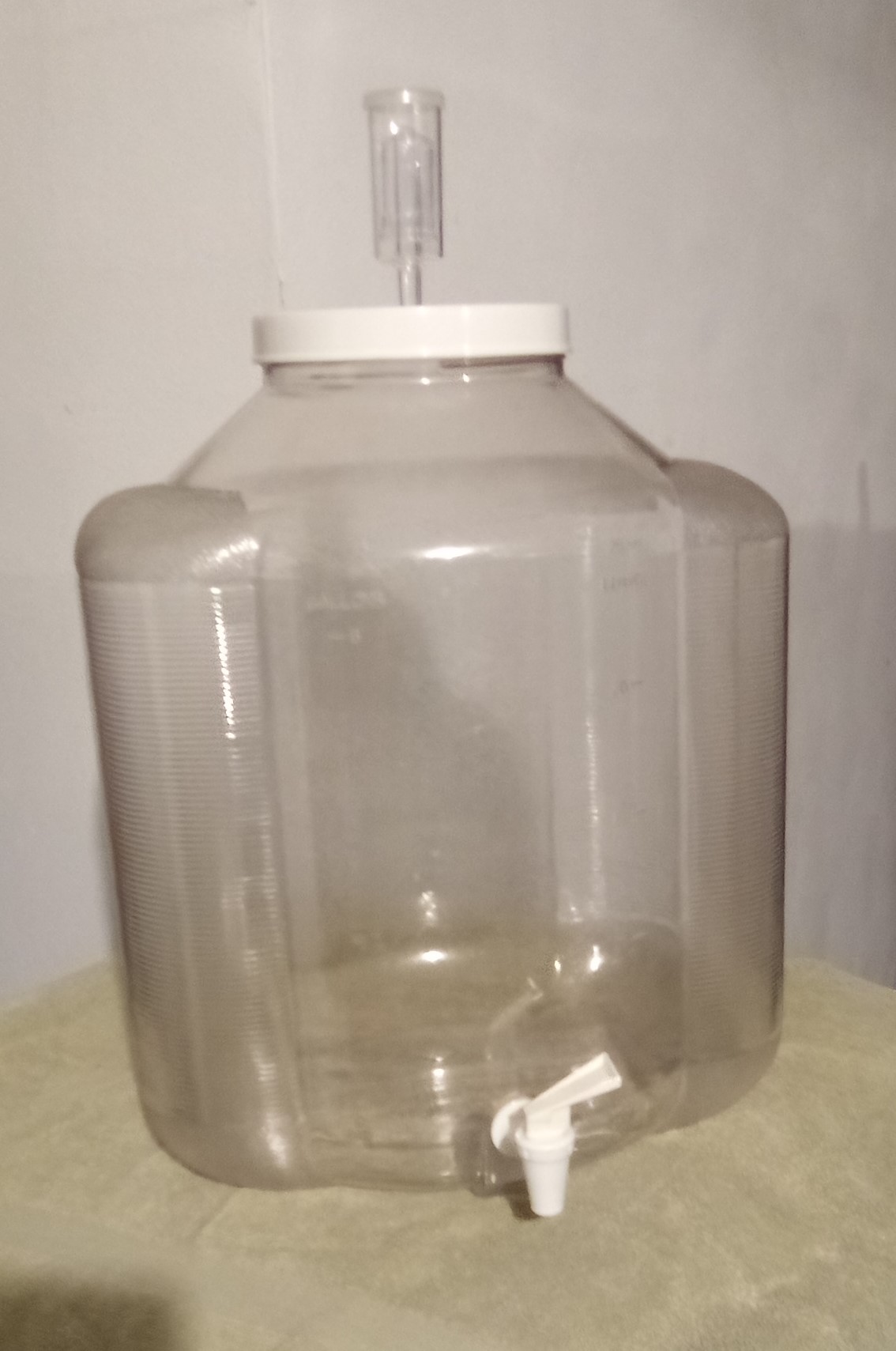I took to 3 gallon batches many years ago because I don’t go through it quickly and I like variety. I’m north of 60 and the smaller batches also have advantages with all the containers being smaller and everything being lighter.
I plan all my batches as 3.5 gallon batches in the software. I collect 4 gallons and boil down to 3.5. 3.5 gallons goes into the fermenter so that I end up with 3 gallons of finished beer after losses. I have several 3 gallon kegs. Or 3 gallons is right about 30 bottles and I still do bottle some stuff, especially stronger beers.
I have an Anvil Foundry 6.5 and an Anvil 5 gallon brewpot. I use the Foundry as a mash tun (I really like having temp control and being able to do step mashes) and I drain to my brewpot after the mash is complete and I boil in my kitchen on my stove. I move the pot about 3 feet and run my wort chiller from my kitchen sink.
I use old school 5 gallon glass carboys as my fermenters. I also have 3 gallon glass carboys I can use for secondary / aging / settling / oaking, etc. I like being able to look at the beer. I have a Fermonster I bought not long ago and I really like that too. I wish Fermonster made a 5 gallon size.
I plan all my batches as 3.5 gallon batches in the software. I collect 4 gallons and boil down to 3.5. 3.5 gallons goes into the fermenter so that I end up with 3 gallons of finished beer after losses. I have several 3 gallon kegs. Or 3 gallons is right about 30 bottles and I still do bottle some stuff, especially stronger beers.
I have an Anvil Foundry 6.5 and an Anvil 5 gallon brewpot. I use the Foundry as a mash tun (I really like having temp control and being able to do step mashes) and I drain to my brewpot after the mash is complete and I boil in my kitchen on my stove. I move the pot about 3 feet and run my wort chiller from my kitchen sink.
I use old school 5 gallon glass carboys as my fermenters. I also have 3 gallon glass carboys I can use for secondary / aging / settling / oaking, etc. I like being able to look at the beer. I have a Fermonster I bought not long ago and I really like that too. I wish Fermonster made a 5 gallon size.
Last edited:


















































![Craft A Brew - Safale BE-256 Yeast - Fermentis - Belgian Ale Dry Yeast - For Belgian & Strong Ales - Ingredients for Home Brewing - Beer Making Supplies - [3 Pack]](https://m.media-amazon.com/images/I/51bcKEwQmWL._SL500_.jpg)







